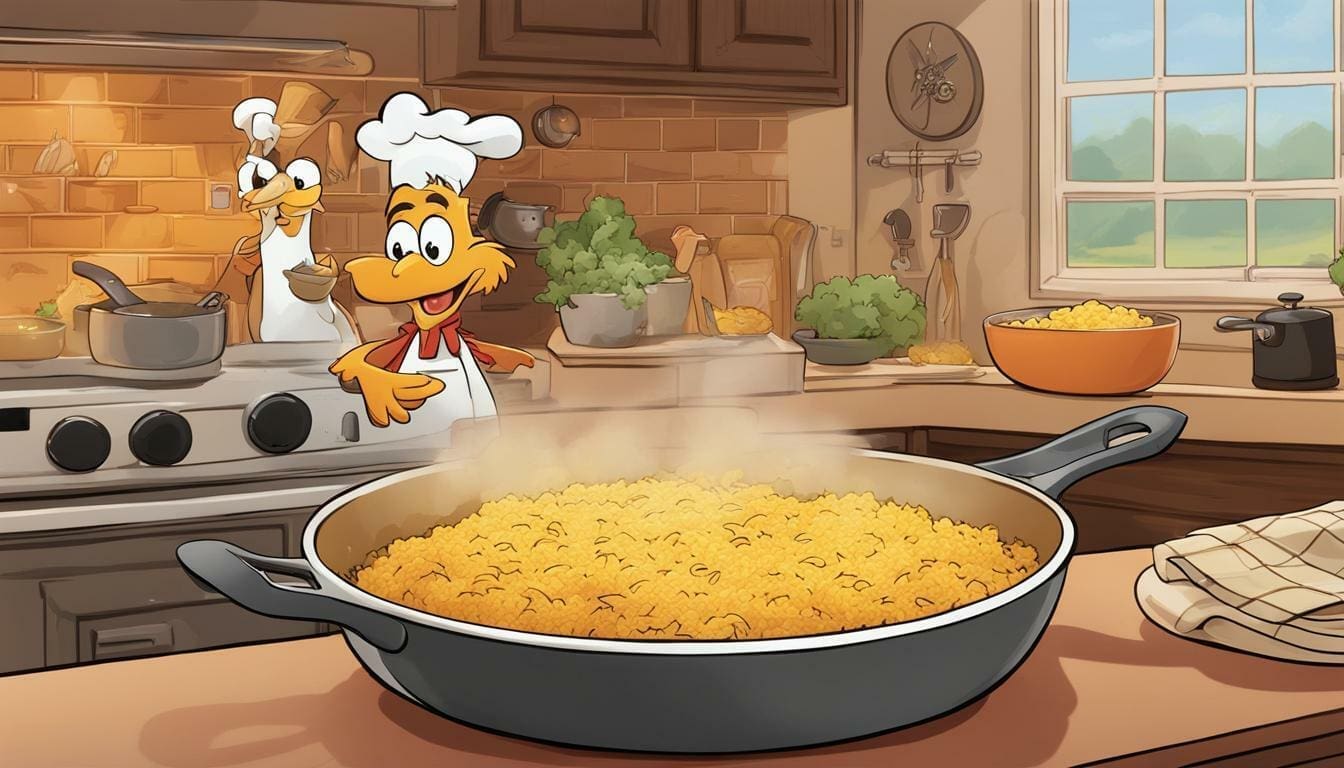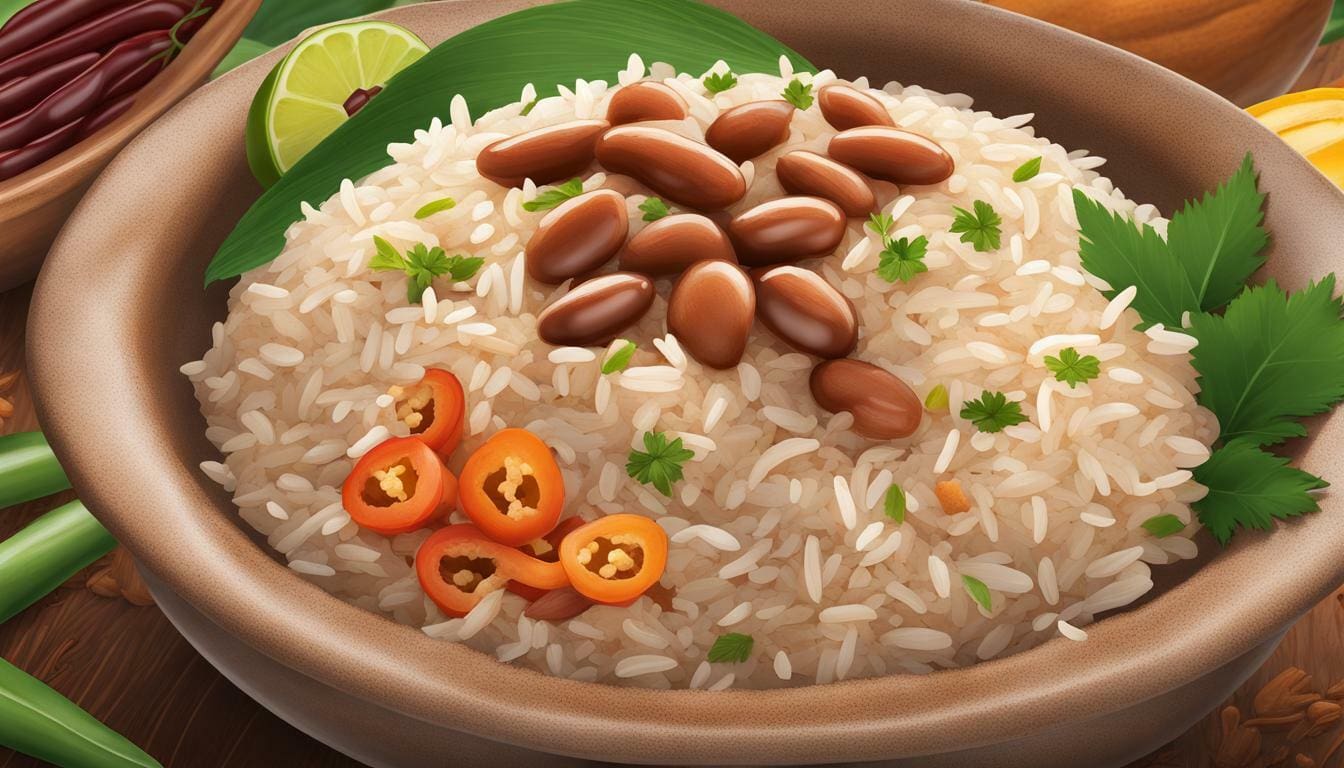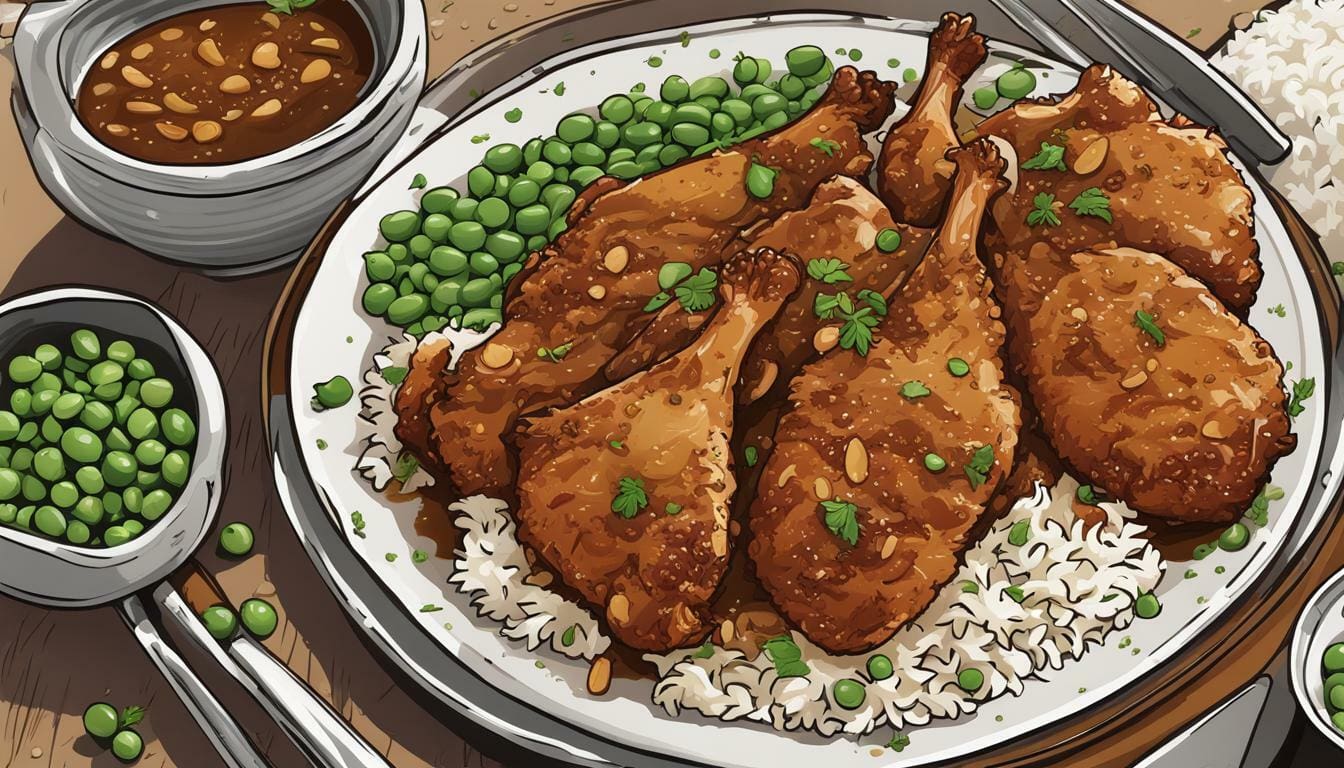Introduction
Paella is a rice dish originating in Spain. It is traditionally cooked with saffron, vegetables, meat, and seafood. The dish can be served as a one-pot meal or enjoyed at celebratory events like weddings or christenings.
Many different types of rice can be used for paella, but not all are created equal. In this blog post, we will discuss the best rice to use for paella and why it matters. We will also provide a comprehensive guide on how to make the perfect paella using this rice!
Types Of Rice That Can Be Used For Paella
Before we begin discussing the best rice to use for paella, we must first understand the different types of rice used. Several different types of rice can be used for paella.
1. Calasparra (also called Bomba)
It is a short-grain rice with a 12 to 15 months lifespan. It is white rice with low starch and low amylose content. It contains around 8-9% amylose, less than Jasmine or basmati. It has a very strong aroma and tastes like buttery popcorn. It is ideal for paella because it can absorb a lot of liquid and remain firm.
2. Valencia
Valencia rice has a 12 to 15 lifespan. It is light-colored, medium-grain rice with a distinctive flavor and high starch content. Its creamy taste and aroma make it perfect for paella because it absorbs juices well and maintains its flavor even when cooked in broth or liquid for 2 hours.
3. Arborio
Arborio is short-grain rice with a 6-9 month lifespan. It is white rice that has high starch content and low amylose content. The variety is best for risotto because its high starch content increases creaminess.
How To Cook The Perfect Batch Of Rice For Paella
Making the perfect batch of rice for paella is very important. Without this, you will not have a great-tasting meal! Since the rice used in paella is firm, it is essential to ensure that your rice is cooked well. For a good batch of paella rice, we suggest that you follow these steps:
Add enough water to cover 75% of the rice by volume. The rice should be fully submerged when cooking.
Use medium heat and occasionally stir to ensure no grains are stuck together.
Rice should be thoroughly cooked within 20-25 minutes at low heat settings (no higher) on your stovetop or for 30-40 minutes at medium heat settings on your oven. Remove the rice from heat, strain it, and let it rest for 30 minutes before you begin cooking the rice.
When the time comes to cook your paella, add saffron (stir it in).
Add liquid (stock or water) first and vegetables like green beans, peppers, and onion.
Add chicken.
Add seafood last (mussels, prawns, clams). Seafood may be added while still raw if desired.
Cook until ingredients are tender (5-15 minutes depending on size) and serve! (During this time, your paella should bubble. If it is not bubbling, then your heat may be too low. You can turn up the heat slightly to increase the temperature and bubbling.)
Tips And Tricks For Flavoring Your Paella
1. Use Saffron First
Saffron imparts a beautiful yellow color and unique taste to your paella recipe. You may use it before adding chicken or seafood; it will flavor your dish while the other ingredients are cooking. Saffron is also not an ingredient you want to miss out on because it will leave your paella without flavor! The saffron will release its flavor when cooked in the liquid for about 30 minutes. If you do not want to use saffron, add ¼ tsp of turmeric; you can substitute it with paprika.
2. Add Vegetables At The End Of The Cooking Stage
Adding vegetables at the end of the cooking stage is essential because vegetables do not cook well when cooked at low heat. Therefore, by adding them at the end, you can ensure they will be tender. The exception to this rule is when using potato or onion: use these vegetables in combination with meats to help them out.
3. Add Chicken And Seafood Before Adding Rice (Following A Recipe)
Chicken and seafood are much more delicate than rice. Therefore, placing them alongside the rice (if following a recipe) is recommended instead of underneath it. This helps to ensure that the chicken and seafood are cooked well.
4. Use A Light-Colored Stock Or Broth To Add Color And Aroma
This tip goes hand-in-hand with the last one. The lighter the soup, broth, or liquid you use, the better it will taste! This is why you want to always use stock instead of water when preparing your paella. A little trick that can be used is adding a few drops of lemon juice to your broth; this will help make it much more flavorful.
The Best Ingredients To Use In A Traditional Paella Recipe
There is no right or wrong regarding what ingredients are used in a recipe. However, certain ingredients can be better than others. Some of these ingredients include:
1. Prawns (Or Other Seafood)
If you choose to use prawns or other seafood, remember that they should be cooked rapidly. Meat and fish should not be cooked for too long; otherwise, the meat will become challenging, and the fish will turn sticky. This is why you see paellas with many different types of seafood; the flavor will always be fresh since each one is cooked quickly in boiling water before being added to the paella!
2. Mussels Are Best With White Rice
Mussels are a delicious, healthy ingredient that can be added to many recipes. However, this ingredient is best with white rice. Mollusks like mussels often have a distinctive flavor that does not change when cooked with other ingredients in paella.
3. Meat And Fish Should Be Cooked Slowly
To ensure your meat is not hard, you should simmer it in boiling water. You can also add some spices to help it absorb the dish’s flavors more easily. This tip is also essential because adding too much liquid while cooking meat or fish may cause it to become tough and dry.
Variations On The Classic Paella Recipe That You Can Try At Home
There are many variations of this classic dish, so we encourage you to try some new steps other people have tried!
1. Traditional
The traditional recipe requires white rice, seafood (fish, mussels, and prawns), chicken or rabbit in broth, saffron, green peas – sautéed with garlic, a vegetable of your choice (bell peppers or green beans), and salt. This is the simplest version for any beginner to make and is always a crowd-pleaser!
2. Saffron-Flavored Paella With Seafood
This variation includes only seafood (mussels and prawns). The seafood is flavored with saffron and a little tomato sauce; the traditional recipe does not have saffron.
3. Paella Of Rabbit
This recipe includes rabbit. This variation is most commonly used in Valencia. The recipe is also easy to cook at home and does not require too much skill!
4. Paella With Tiger Shrimp
This recipe includes tiger shrimp. This variation is unique to Andalusia and a relatively easy dish to make.
5. Paella With Shrimp And Prawns
This recipe includes shrimp and prawns. This variation is used only in the Balearic Islands and is their favorite!
Serving Suggestions For Your Delicious Paella Masterpiece!
This dish is always served as a main meal. It can be filled with homemade bread toasted in olive oil, but it is also delicious. We recommend doing vinegar alongside your paella. This side can reduce the dish’s saltiness and make it more palatable.
Conclusion
Although there are many different variations of paella, the Spanish version of this dish is said to be very simple and easy to cook. There are also many different recipes that you can use; however, we highly recommend sticking with a traditional recipe because it will always taste best. We hope you understand what ingredients should be used in the paella and how much salt the dish should have! If you have adjusted the salt by adding more or less, we hope this article has given you some insight into why it is necessary!


